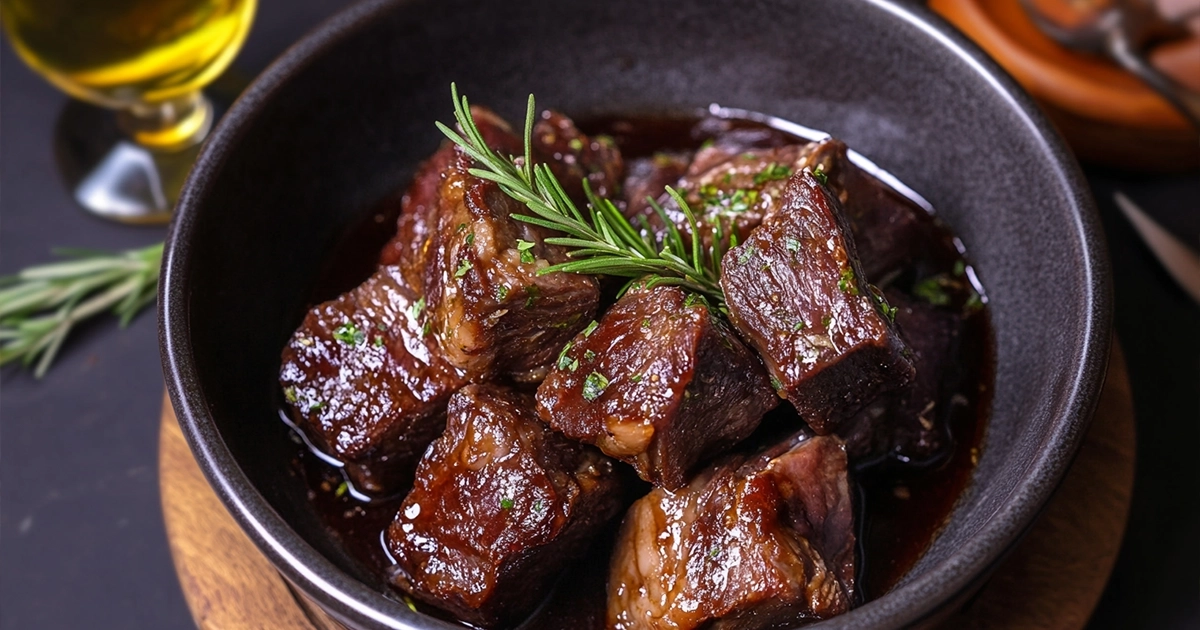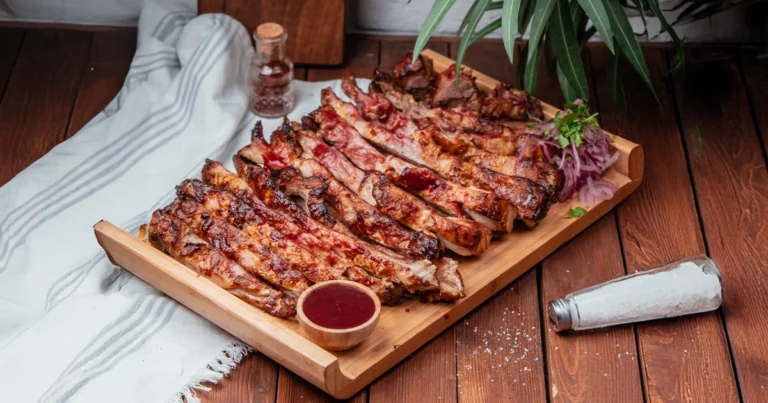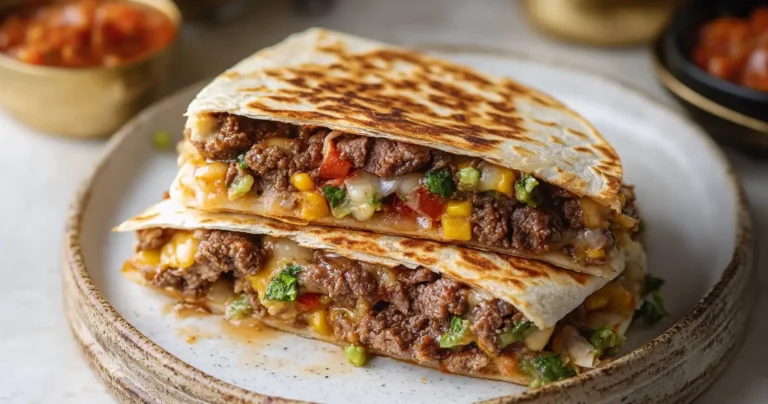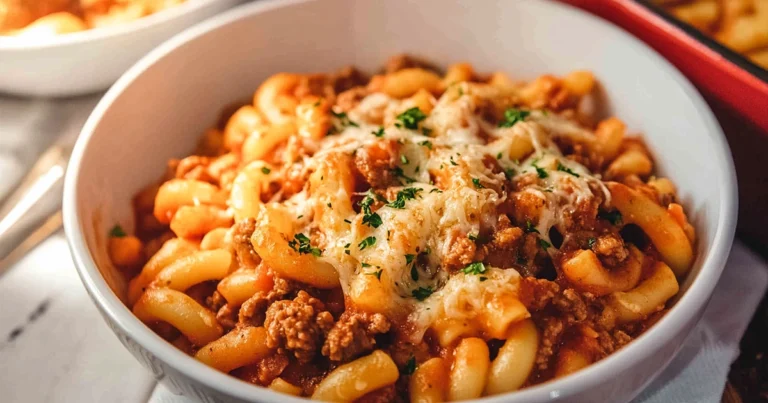Beef Cheek Meat Cooking Tips
I love exploring the hidden treasures of food. Beef cheek is one such gem. It’s often ignored, but it’s incredibly flavorful and tender. It can make any meal special.
Slow cooking is key to enjoying beef cheeks. They need gentle, patient cooking to become tender. With the right techniques, you can make them delicious.
This guide will show you how to cook beef cheeks like a pro. We’ll cover their unique qualities and how to prepare them. You’ll impress everyone with your slow-cooked beef cheeks.
Table of Contents
Understanding Beef Cheek Meat
Beef cheeks, also known as “cachete de res” in Hispanic cuisine, are the tough yet flavorful cheek muscles of the cow. These facial muscles are prized by chefs and home cooks alike for their ability to transform into a melt-in-your-mouth delicacy when slow-cooked to perfection.
What Are Beef Facial Muscles?
Beef facial muscles, including the beef cheek, are located on the animal’s face. They play a crucial role in its chewing and facial expressions. These muscles are well-exercised throughout the cow’s life, resulting in a dense, fibrous texture that requires extended cooking to tenderize.
Nutritional Benefits and Composition
Beef cheek meat is rich in collagen, a protein that converts to gelatin during slow cooking. This gives the meat a moist and succulent texture. Additionally, beef facial muscles are a good source of essential nutrients, including protein, iron, and B vitamins.
Why Chefs Love This Cut
Chefs adore working with beef cheek because of its ability to absorb flavors from braising liquids. It transforms into a tender, flavorful dish through slow cooking methods. This tough cut, which was once considered a restaurant-only specialty, has gained widespread popularity among both professional and home cooks.
“Beef cheeks are a hidden gem in the world of meat. When cooked low and slow, they develop an incredibly rich, tender texture that is unparalleled.” – Chef Raul Castillo
Essential Preparation Techniques
Preparing delicious beef cheeks requires a few key steps. First, you might need to cut the cheeks into smaller pieces. This makes them cook evenly and easier to handle. Also, browning the cheeks in a skillet before cooking can boost their flavor.
To get the traditional taste of beef cheeks, use garlic, onions, and red chile peppers. Spices like cumin and Mexican oregano add a unique flavor. These steps work for stovetop simmering, oven cooking, slow cookers, and even Instant Pots.
It’s important to cook the beef cheeks to an internal temperature of 160 degrees Fahrenheit. This ensures they are safe to eat and tender. It also brings out their full flavor.
“Beef cheeks are an inexpensive cut of meat that, when cooked properly, can yield incredibly tender and flavorful results. The key is to be patient and allow the meat to slowly break down, revealing its rich, beefy goodness.”
The Art of Slow Cooking Beef Cheeks
Slow cooking turns tough beef cheeks into a tender, flavorful dish. It’s all about controlling the temperature, cooking time, and knowing when it’s done. Follow these tips to bring out the best in this cut.
Temperature Control Guidelines
When slow cooking beef cheeks, keeping the temperature right is key. On the stovetop, simmer them on low for about 3 hours. This breaks down the tough fibers slowly.
In a slow cooker, use the LOW setting for 8 to 10 hours, or HIGH for 6 to 8 hours. Oven-braising at 160°C (320°F) for 3 to 3.5 hours makes them tender.
Optimal Cooking Duration
The cooking time depends on the size and how tender you like it. For slow cookers, aim for 8 to 12 hours on LOW, or 6 to 8 hours on HIGH. Oven-braising takes 3 to 3.5 hours at 160°C (320°F).
The meat is ready when it’s fork-tender and falls apart easily. This is the sign of perfect slow-cooked beef cheeks.
Signs of Perfect Doneness
The best way to check if beef cheeks are done is by their texture and look. They should be tender and shred easily. The sauce should be rich and glossy from the melted collagen.
Best Seasonings and Marinades
Cooking beef cheek meat right is all about the seasonings and marinades. Try different spices and herbs to make dishes that highlight this cut’s unique taste.
Begin with kosher salt and black pepper to season the beef cheeks. Next, add onion powder, garlic powder, smoked paprika, and ground cumin to boost the flavor. For a spicy twist, include chili powder, cayenne pepper, or dried thyme.
For a strong marinade, use red wine as the base. Mix it with beef stock or broth, garlic, and herbs like thyme and bay leaves. Let the beef cheek soak in this mix for at least 6 hours. For even more flavor, marinate it for up to 24 hours.
These beef cheek seasonings and marinades will make the meat tender and juicy. Your guests will love it.
“The secret to delicious beef cheek lies in the balance of spices and the patience of slow cooking.”
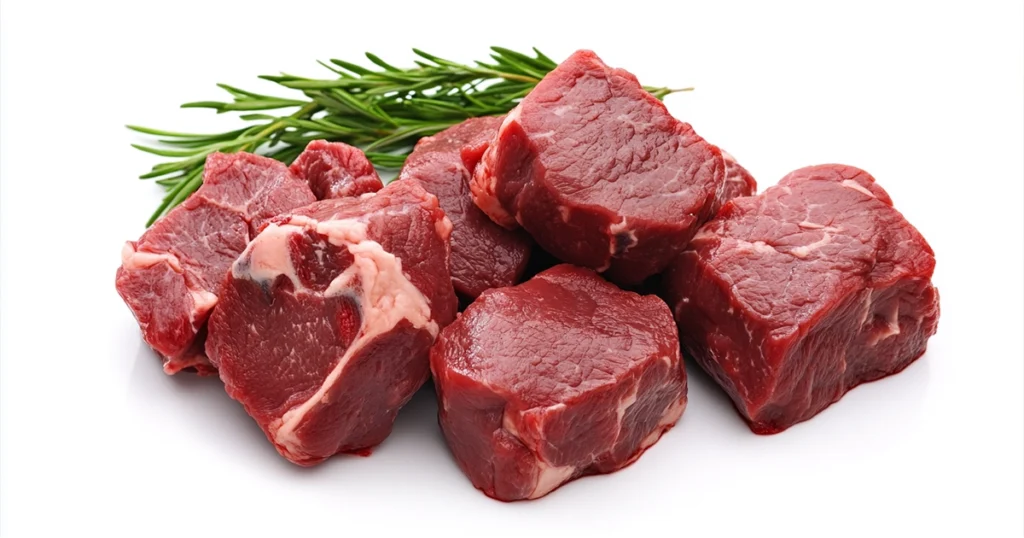
Wine-Braised Beef Cheek Recipe
Try the wine-braised beef cheeks for a dish that’s both tender and flavorful. It’s perfect for a dinner party or a cozy night in. This recipe will surely wow your guests or satisfy your cravings.
Wine Selection Tips
Choosing the right wine is crucial for a great beef cheek recipe. Go for a full-bodied red like Merlot or Cabernet Sauvignon. It will match the beef’s strong taste and add depth to the dish.
Braising Liquid Ingredients
Your braising liquid needs red wine, beef stock, onions, carrots, celery, garlic, thyme, and bay leaves. These ingredients will make the beef taste amazing, with a mix of flavors that’s truly special.
Step-by-Step Cooking Process
- Start by searing the beef cheeks. This step locks in their juices and adds a rich crust.
- Then, cook the veggies in bacon fat. This brings out their flavors and makes a tasty base.
- Use the red wine to deglaze the pan. This adds intense flavor from the browned bits.
- Add beef stock, thyme, bay leaves, and seasonings. Cover and braise in the oven for 3 hours until the beef is tender.
- Lastly, puree the braising liquid. This makes a creamy sauce that coats the beef cheeks perfectly.
This wine-braised beef cheek recipe goes great with creamy mashed potatoes or cauliflower mash. It’s a rich and satisfying meal that’s sure to impress.
Traditional Mexican Beef Cheek Dishes
Beef cheek dishes are a big deal in Mexican food. Birria and barbacoa are two favorites. They show off the tender meat and deep flavor of beef cheeks.
Birria is a dish where beef cheeks are slow-cooked in a flavorful chile sauce. The meat is so tender, it’s perfect in tacos, where it mixes with the sauce.
Barbacoa is another slow-cooked dish. It uses Mexican spices, onion, and peppers. The meat is soft and great in tacos, burritos, or tostadas, blending savory and tangy tastes.
These dishes prove how versatile beef cheeks are. They celebrate the rich history of Mexican food. Enjoying birria or barbacoa means savoring the delicious beef cheek tacos and beef cheek barbacoa that are loved in Mexico.
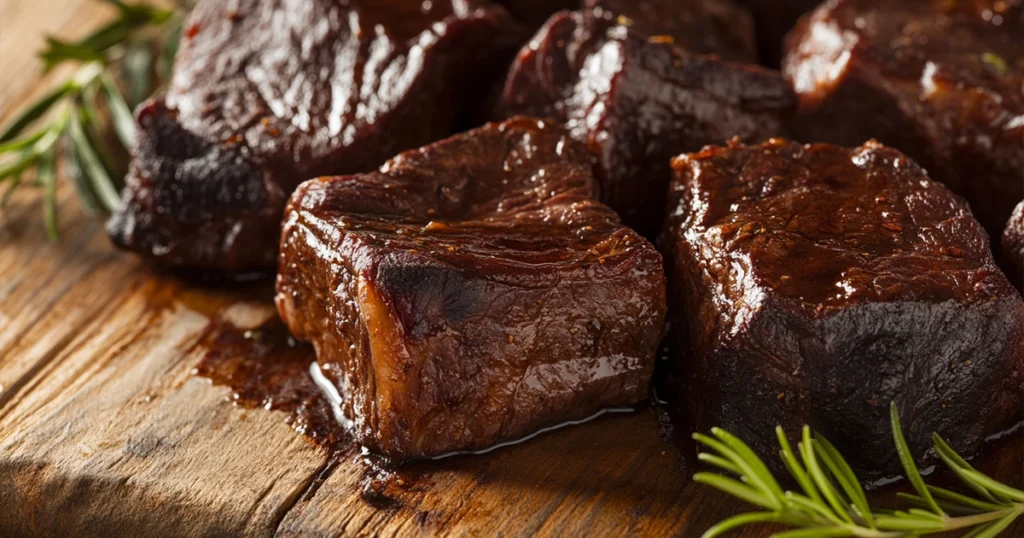
“Beef cheeks are a game-changing ingredient in traditional Mexican dishes like birria and barbacoa. The rich, tender meat adds an unparalleled depth of flavor and texture that you simply can’t replicate with other cuts.”
| Dish | Key Ingredients | Cooking Method | Serving Suggestions |
|---|---|---|---|
| Birria | Beef cheeks, Chile peppers, Spices | Slow-cooked in a chile sauce | Tacos, Quesadillas, Stew |
| Barbacoa | Beef cheeks, Onion, California peppers, Spices | Slow-cooked with traditional spices | Tacos, Burritos, Enchiladas, Tostadas |
Common Cooking Mistakes to Avoid
Cooking beef cheeks well needs focus and avoiding common mistakes. Whether you’re a pro chef or a home cook trying this cut, knowing a few things can help. It’s all about getting the right texture and taste.
Temperature Control Errors
One big mistake is using too much heat. Beef cheeks need low and slow cooking to stay tender. High heat makes them tough and chewy.
Seasoning Missteps
Not seasoning enough or too much can mess up the flavor. Beef cheeks have a great taste, but adding garlic, thyme, and smoked paprika can make it even better. Finding the right balance is key.
Texture Problems
Getting the right texture for beef cheeks is tricky. If you don’t cook it long enough, it’s tough. But cooking it too long makes it mushy. You need to watch it closely to get a soft, tender texture.
By avoiding these mistakes and using the low and slow method, you can make amazing beef cheek dishes. With the right techniques and attention to detail, your dishes will impress everyone.
Serving Suggestions and Accompaniments
There are many ways to serve slow-cooked beef cheeks. Try them on mashed potatoes or cauliflower mash for a low-carb option. Sides like honey-glazed carrots, caramelized shallots, roasted asparagus, or steamed broccoli add a nice balance.
A simple salad, like arugula or cucumber tomato, can offer a refreshing contrast. You can also shred the leftover meat for salads or sandwich wraps. Pairing it with the same red wine used in cooking makes the meal even better.
Slow-cooked beef cheeks are tender and full of flavor. They’re a budget-friendly choice that can be paired with many sides. Experiment with different options to find your favorite combination.

